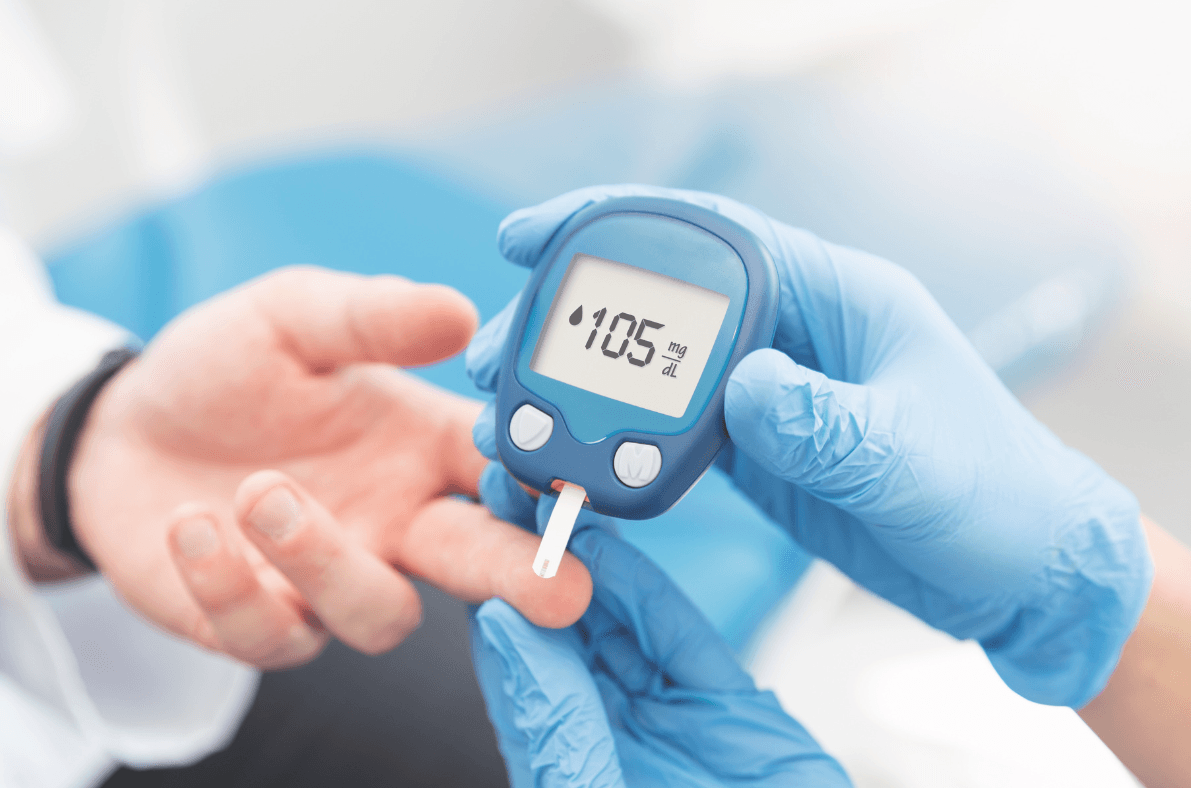These days, you have more options than ever for a medical consultation. You can have an in-person GP consultation or you can look for an online doctor consultation and clinical services. There are pros and cons to each, so it really depends on the situation as to whether one option is better than another.
More and more people are using online services now. We’ve become accustomed to working and living online, with the help of apps that make it possible to accomplish a lot. You don’t even need to step outside your home to do many things that we once assumed were outdoor activities. Now you can even carry on with a GP consultation from the comfort of your own home.
Pros and Cons of a Walk-In Clinic
Walk-in clinics give you the option of seeing a doctor face to face, but there are good and bad things about this. If you are suffering from something not easily dealt with online, then this is a good alternative, but let’s look at the pros and cons.
Pros
The positives of seeing a doctor in person include:
● Easier testing: The doctor can conduct tests and touch you to check your health.
● You may be more comfortable in person: Some people just like to talk to another person face to face and this may be more comfortable for them, rather than using an app.
● Injuries may be treated: Sometimes you need more than a diagnosis. A doctor is needed to fix a broken arm or to provide stitches, for example.
● Visual evidence: A doctor may be able to see plenty through the app, but sometimes it’s necessary to see the issue up close and in real life.
Cons
Of course, there is the opposite side of the coin, too. Here are some of the cons of going to see a doctor in person.
● There’s traffic: Getting to the clinic is often an issue. You may need to take public transportation and even if you don’t, it can be difficult to manage the traffic just to arrive.
● You have to take kids: Are you seeing the doctor but can’t leave your children behind? Then you’ll need to bring them with you to the clinic, which can be challenging, too.
● You’re exposed: Waiting rooms are full of germs and bacteria, so it can be anxiety inducing to sit there and have people coughing around you. If you’re worried you could become ill from being around others, you may wish to stay home.
● You’ll have to wait: Doctors are almost always running behind for assorted reasons, but it’s nearly guaranteed that you’ll be waiting for a while if you go to the clinic.
As you can see, there are good points and bad points to consider when deciding how you will talk to the doctor.
Pros and Cons of an Online GP Consultation
Seeing a doctor in person is not always the best option. There are definitely some good reasons to stay home, so let’s consider the pros and cons of online consultation.
Pros
The highlights of seeing a doctor online include:
● No wait time: You’ll be seen rapidly and that can be a relief to ease your mind if you’re not sure what is going on.
● Stay home: There’s something to be said for the ability to stay home and see the doctor in your pyjamas if you like.
● Improved safety: With the pandemic still dragging on, it’s not always a good idea to go out and sit in a crowded waiting room. Telehealth appointments allow you to see a doctor without exposing yourself or your children to anything else.
● Follow up care is easier: If you’ve had surgery or another procedure and need follow up care, but don’t wish to go to the clinic, you may find it easier to make use of telehealth.
● Save time: Not only do you save time by not commuting to the doctor’s office, but you’ll also save time sitting around in a waiting room at the hospital or clinic while you wait to be seen.
● Get medical care more often: If you are one of those people who avoids seeing the doctor, it may be easier to see them online. This helps ensure you get proper medical care when you need it.
● Even rural living allows access to medical care: You can talk to a doctor easily, no matter where you are, as long as you have internet access.
Cons
Of course, there are some downsides to this method of getting clinical services. For example:
● Online security: Any time you are online, there’s the possibility of hackers. They may be able to steal your healthcare information. This is a big concern and one that healthcare companies are working to find a solution to.
● You won’t know the doctor: This can be a concern to some people, as you never know which doctor will be available to help you. It also means you’ll be going over your medical history each time.
● Not everything can be diagnosed: Sometimes, your doctor just needs to see you in person in order to determine what is going on. You may also need tests that need to be conducted in person.
Which Option is Best?
It really depends on your situation as to what is best for you. Look at the pros and cons for each and make your decision based on that. However, there are certainly some situations when you need to see the doctor in person and should either go to the walk-in clinic or to urgent care.
You need to see a doctor in person if you have:
- A possible broken bone
- A head injury
- An infection in your ear or throat
- Issues with your eyes
- A high temperature
- Stomach pain
- A burn or scald
- A skin infection
- A sprained joint
- Vomiting and diarrhoea
In each of these cases, it’s best to seek the care of a doctor, as they will need to check you over and take a closer look. These situations are not meant to be handled online and will benefit from the testing abilities of a clinic.
Most of the time, it will be quite obvious what requires external help from a person with medical experience. Bleeding, breaks, and other similar types of injuries will obviously need a doctor and cannot be seen online. However, if you’re not feeling well, or if your baby is having trouble with congestion, it’s simpler to talk to an online doctor.
What to Expect from an Online Doctor Consultation
You’ll first make your appointment online and should test your audio and video on the computer before the appointment. Usually, you’ll be able to see a doctor fairly quickly.
To prepare for the appointment, check your email. It will have instructions and you’ll need to fill out a form to let the doctor know what your problem is and what your symptoms are. You should write out a list of your symptoms and the frequency to have on hand while talking to the doctor.
You may be asked to weigh yourself or to take photos of the affected areas of your body to send to the doctor. Since they cannot see you or do exams, you’ll be required to provide the necessary information. This can be a little more difficult than visiting the doctor face to face, but it is usually easy enough to accomplish.
Most telehealth meetings don’t last a long time and will be to the point. The doctor will discuss your health issues with you and will either diagnose you or send you for more tests. In most cases, with simple issues, the doctor is able to determine what is wrong and give you a prescription or provide you with some advice on how to manage the illness or injury.
At the end of the call, you can ask any questions you may have and then sign off. There are so many benefits to being able to talk to a doctor remotely. For most people, it’s the preferred method of seeing a doctor these days.
With NHS appointment booking, you can easily set up your next online doctor consultation and have your appointment in the comfort of your own home. There are plenty of choices for you, but online is a good way to start.
Book your appointment today.











